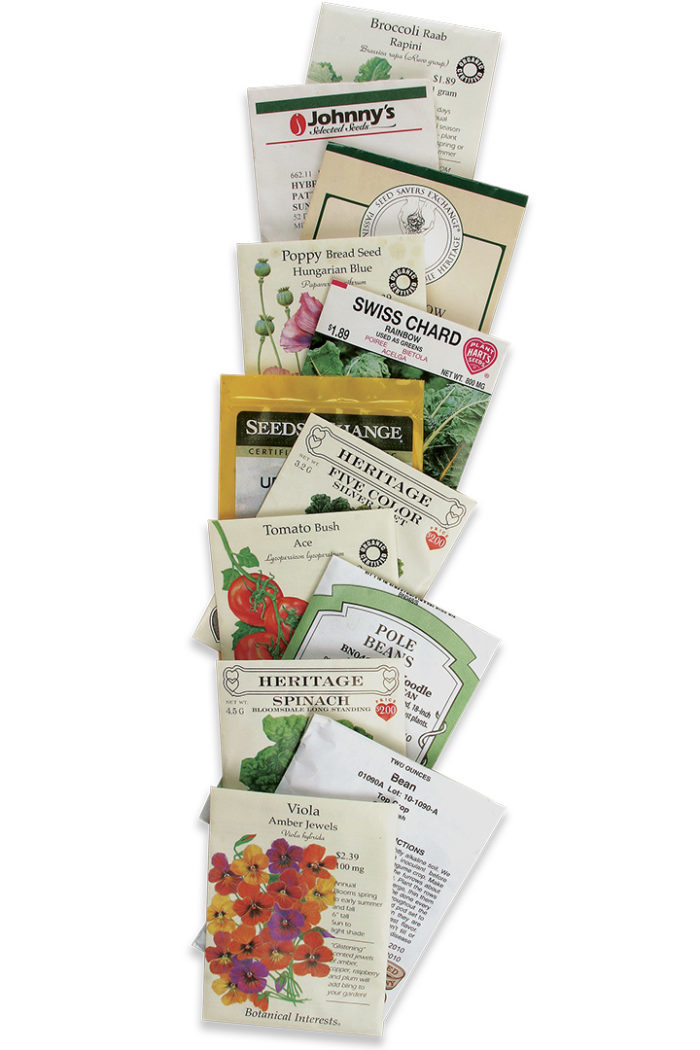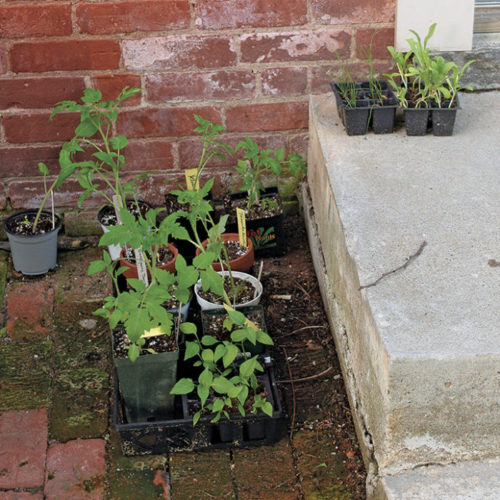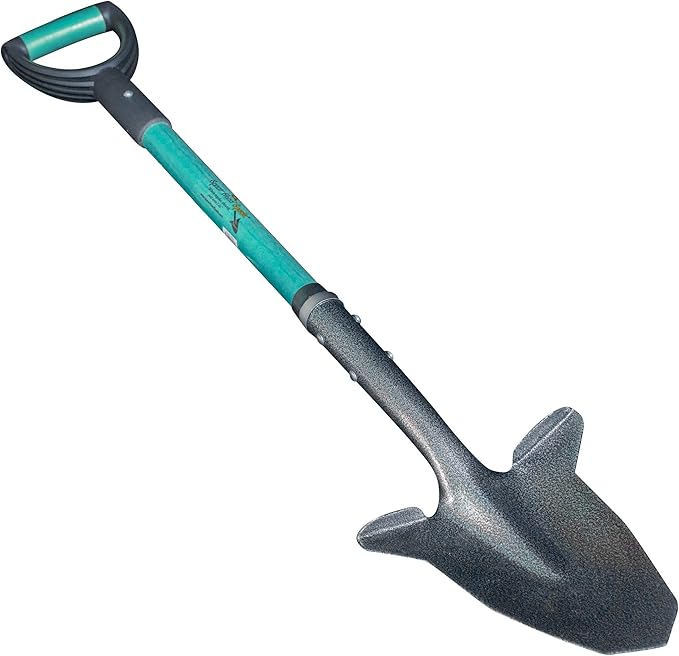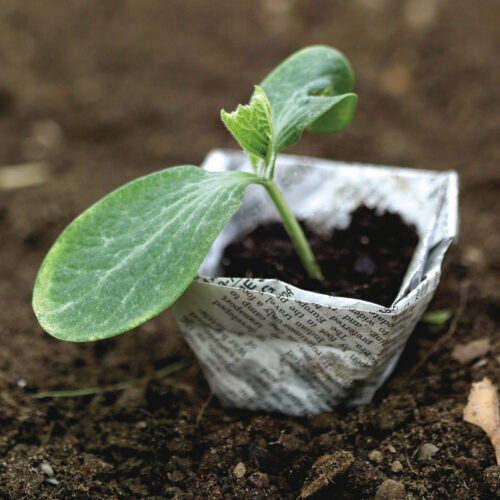6 Seed-Starting Myths
Avoid the common mistakes that will harm the quality and quantity of your seedlings

Growing plants from seed is one of the few practices that people of all gardening abilities do annually. But whether you are a newbie or someone who has been starting your own seeds for decades, chances are you are unwittingly doing something you shouldn’t. Many seed-germination practices have been passed down from gardener to gardener over time, but most of us don’t stop to question whether these practices are grounded in sound science or are simply hearsay. The following are myths that many people have bought into, along with the facts that will help you have your best seed-starting year ever—a year that will be filled with healthy plants and robust harvests.
3. MYTH: Morning-glory seeds won’t germinate unless they are scored.FACT: Scratching the seed coat of morning glory (Ipomoea tricolor and cvs., annual), poppy (Papaver spp. and cvs., USDA Hardiness Zones 2–9), and angels’ trumpets (Brugmansia suaveolens, Zone 11) will slightly improve the germination rate of these seeds. But they will generally sprout without going through all the trouble. |
 |
4. MYTH: You should never sow seeds inside earlier than the seed packet recommends.FACT: You should start your seeds at least one week earlier than the recommended packet directions because the directions often don’t take into account a week’s worth of hardening off (bringing seedlings outside during the day and back inside at night). |
 |
5. MYTH: You need to smoke-treat seeds that come from tropical locations.FACT: Only a select few seeds, like those of protea (Protea spp. and cvs., Zones 9–11), leucadendron (Leucadendron spp. and cvs., Zones 10–11), and some types of cacti, need this special treatment. To germinate, these seeds (native to areas where wildfires are common) will need to be submerged in a bowl of water with a smoke disc (a piece of special paper treated with smoke-saturated water). Other seeds from plants native to fire-prone areas will still germinate without a smoke treatment, but they may need to be scored. |
 |
6. MYTH: Pelletized seed is more expensive, so it’s only worth buying if you own a large-scale commercial greenhouse.FACT: Some seeds, like those of petunia, are extremely small, so it’s worth spending the extra money to order them in a pelletized form. The biodegradable coating that surrounds a single seed makes it bigger and easier to sow at the proper spacing. |
 |
Danielle Sherry is the senior editor, who has been starting plants from seed for more than 20 years.
Photos: Danielle Sherry; Brittany Leandra; Scott Phillips; Johnny’s Selected Seeds; Lee Avison/www.gapphotos.com; Neil Overy/www.gapphotos.com; Howard Rice/www.gapphotos.com; Kerry Ann Moore
Fine Gardening Recommended Products

A.M. Leonard Deluxe Soil Knife & Leather Sheath Combo
Fine Gardening receives a commission for items purchased through links on this site, including Amazon Associates and other affiliate advertising programs.

Spearhead Shade Gardening Shovel with Steel-Reinforced Fiberglass Handle
Fine Gardening receives a commission for items purchased through links on this site, including Amazon Associates and other affiliate advertising programs.

Corona E-Grip Trowel
Fine Gardening receives a commission for items purchased through links on this site, including Amazon Associates and other affiliate advertising programs.









Comments
Log in or create an account to post a comment.
Sign up Log in